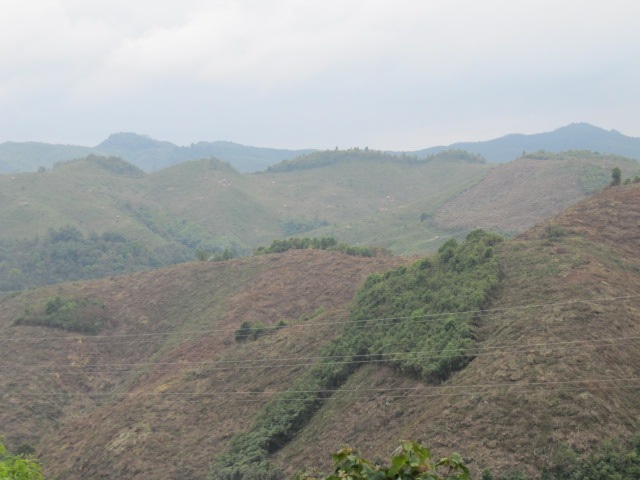“Multiple use of regional resources in semi-mountainous villages” Multiple use and value addition of regional resources for improvement of sustainable productivity in semi-mountainous villages in Indochina
2025-08-04
Small-scale agriculture is the principal industry in most of the inland parts of the Indochinese Peninsula, with semi-mountainous areas being the main farming fields. However, the livelihoods of farmers in these areas are being threatened because of decreased agricultural productivity due to recent population growth, insufficient water supply, and soil fertility deterioration caused by inappropriate land use. This is widespread particularly in Laos, where high poverty rates and insufficient nutrient supply in semi-mountainous rural areas are considered national problems. Efforts to improve food production/supply through sustainable agriculture in such areas are also recognized as an important political subject. However, agricultural systems in semi-mountainous areas are composed of complex components, and due consideration must be given to farmers’ preferences and product marketability as well as water/soil management methods to increase productivity and promote product diversification.
As for forest areas, they are also very important because of their role in maintaining farmland productivities and as major collection sites of food materials and other commodities, thus investigations on conservation and sustainable use of forest areas are indispensable. In addition, value-added products that were nutritionally enhanced or made preservable by appropriate processing techniques are to be introduced to improve the nutritional situation of farmers.
Taking the above aspects into account, this project will be undertaken in the semi-mountainous areas of Laos with a focus on improving the productivity of major crops (mainly paddy field and upland rice). Conservation/sustainable use of forest areas, product diversification (e.g., by introducing fruit cultivation and fish culture techniques to create value-added products) and development of food processing techniques (to produce nutritionally enhanced value-added products) will also be tackled. The results of these research activities are expected to contribute toward improving the livelihoods of farmers in these areas.


